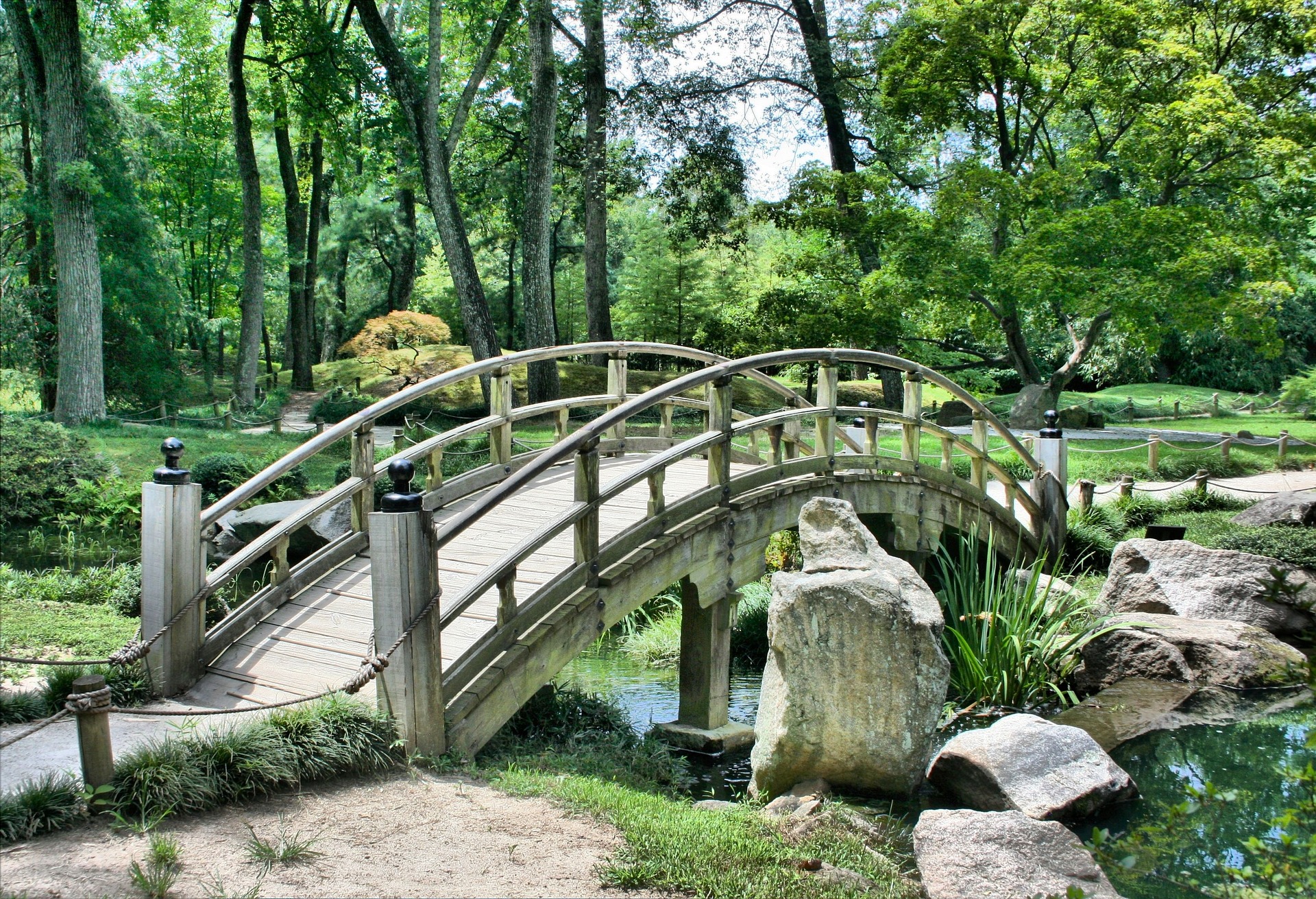Wabi-Sabi Aesthetics: Embracing Imperfection in Western Homes
In a world obsessed with perfection, a quiet revolution is taking place in Western interior design. Wabi-sabi, the ancient Japanese philosophy that finds beauty in imperfection and transience, is making its way into American and European homes. This isn't just another fleeting trend; it's a fundamental shift in how we perceive and create our living spaces. As homeowners increasingly seek authenticity and mindfulness in their surroundings, wabi-sabi offers a refreshing antidote to the polished, mass-produced aesthetics that have dominated for decades.

The Essence of Wabi-Sabi
Wabi-sabi is more than just a design aesthetic; it’s a worldview deeply rooted in Zen Buddhism. The term combines two concepts: wabi, which refers to the beauty of simplicity and humility, and sabi, which embraces the passage of time and the beauty of aging. Together, they form a philosophy that finds profound beauty in the imperfect, impermanent, and incomplete.
In Western interior design, wabi-sabi manifests as a celebration of natural materials, handcrafted items, and lived-in spaces. It’s about creating environments that feel authentic, calming, and connected to nature. This approach stands in stark contrast to the sleek, polished interiors that have dominated design magazines for years.
Incorporating Wabi-Sabi Elements
Bringing wabi-sabi into Western homes requires a shift in perspective. Instead of hiding imperfections, they are celebrated. Here are key elements to consider:
-
Natural Materials: Opt for raw, unfinished wood, stone, and clay. These materials age beautifully, developing patinas that tell a story over time.
-
Handcrafted Items: Choose pieces made by artisans, each with its own unique characteristics and slight imperfections.
-
Muted Color Palette: Embrace earthy tones and subtle hues inspired by nature. Think soft greys, warm browns, and muted greens.
-
Asymmetry and Irregularity: Move away from perfect symmetry. Embrace irregular shapes and arrangements that feel more organic and less contrived.
-
Minimalism with Character: While wabi-sabi encourages simplicity, it’s not about stark minimalism. Each item should have purpose and character.
The Psychology of Imperfection
The appeal of wabi-sabi in Western homes goes beyond aesthetics. In a culture that often equates perfection with success, embracing imperfection can be profoundly liberating. Psychologists have noted that living in wabi-sabi inspired spaces can reduce stress and anxiety by encouraging acceptance and mindfulness.
Dr. Emily Larson, a environmental psychologist, explains, Wabi-sabi interiors remind us that life is transient and imperfect. This can help shift our focus from constantly striving for an unattainable ideal to appreciating the beauty of the present moment.
Wabi-Sabi in the Garden
The principles of wabi-sabi extend beautifully to outdoor spaces. Western gardens, often manicured to perfection, are being reimagined through this lens. Here’s how:
-
Embrace Wildness: Allow parts of the garden to grow freely, celebrating the natural cycles of growth and decay.
-
Use of Aged Materials: Incorporate weathered stones, rusted metal elements, and reclaimed wood to add character and history.
-
Seasonal Changes: Design gardens that showcase the beauty of all seasons, including the stark elegance of winter.
-
Imperfect Pruning: Move away from perfectly shaped topiaries to more natural, slightly unkempt forms.
-
Water Features: Include simple water elements that create a sense of tranquility and reflect the changing sky.
Challenges and Misconceptions
While wabi-sabi is gaining traction, it’s not without its challenges in the Western context. Some misconceptions include:
-
Equating Wabi-Sabi with Neglect: There’s a fine line between artful imperfection and poor maintenance. Wabi-sabi requires thoughtful curation, not neglect.
-
Over-Staging Imperfection: Ironically, some attempt to create perfectly imperfect spaces, missing the point of authentic, lived-in beauty.
-
Cultural Appropriation Concerns: It’s crucial to approach wabi-sabi with respect for its cultural origins, avoiding superficial imitation.
The Future of Wabi-Sabi in Western Design
As sustainability and mindfulness continue to shape consumer choices, wabi-sabi is poised to become more than just a trend. It offers a way to create homes that are not only beautiful but also meaningful and sustainable.
Interior designer Sarah Thompson predicts, We’ll see more clients asking for spaces that tell a story and evolve over time. The days of the picture-perfect, instantly Instagram-ready home are numbered. People want authenticity and soul in their living spaces.
Finding Beauty in the Imperfect
The integration of wabi-sabi into Western homes represents a significant shift in our relationship with our living spaces. It’s an invitation to slow down, appreciate the passage of time, and find beauty in the everyday. As we move away from the pursuit of perfection, we open ourselves to a richer, more authentic way of living.
In embracing wabi-sabi, Western homeowners are not just adopting a design aesthetic; they’re embracing a philosophy that can transform their relationship with their homes and, ultimately, with themselves. It’s a reminder that true beauty lies not in flawlessness, but in the unique, imperfect moments that make up our lives.





